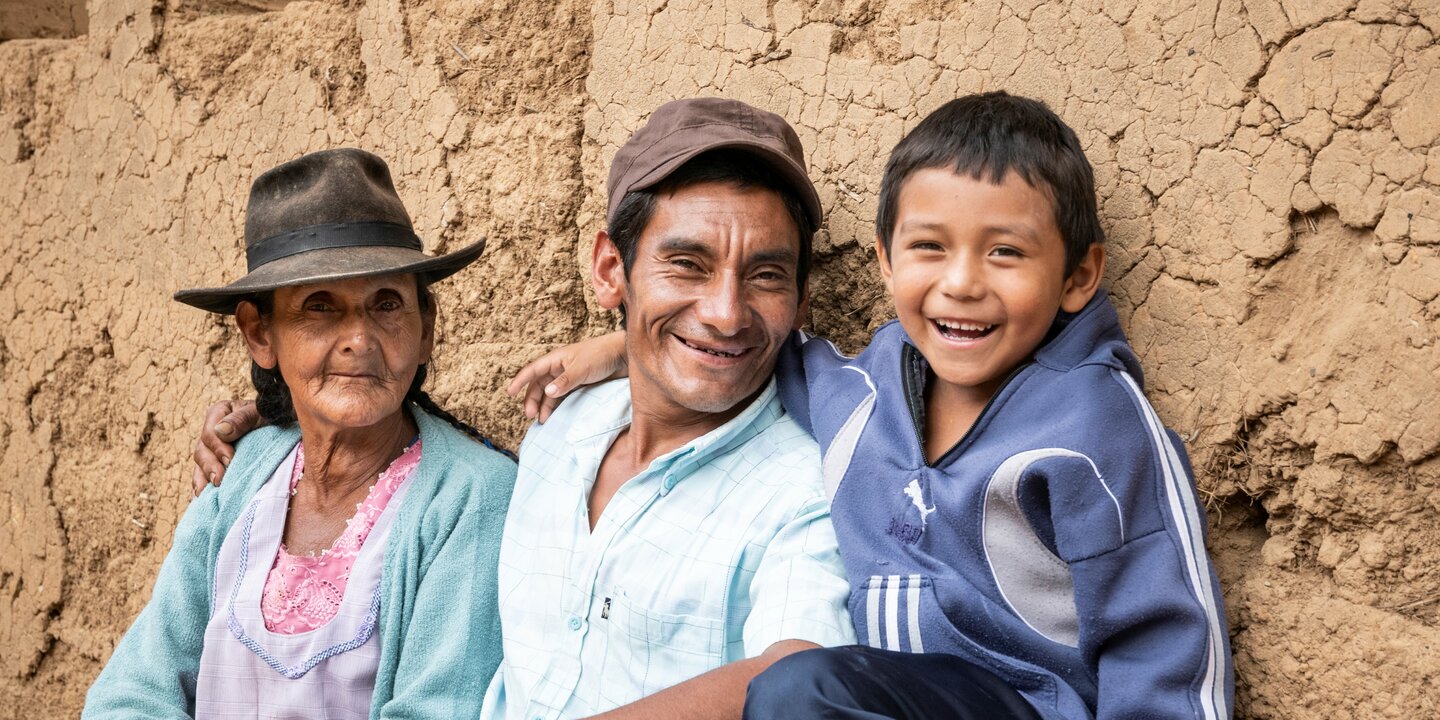In the rural areas of Nepal that were badly hit by the 2015 earthquakes, it is enough to step just a little way from the roads to see that there is still a lot of reconstruction work to be done. This slowed over the wet summer months, being further delayed by political and administrative changes, but is now increasing again. For those who have followed the 50-day training course in earthquake resilient construction supported through Helvetas, these means that there is potential paid work locally.
A minimum quota of 30% women
Funding for the skills training has been provided by both UK Aid (DFID) and through the Swiss Agency for Development and Cooperation (SDC), through separate projects. In both cases, a mandatory minimum 30% of the trainees were women, in a drive to give women opportunities not only to learn new skills, but to gain employment afterwards. This was never going to be easy; the construction sector in Nepal, as in most countries, is largely dominated by men. Thus it was no real surprise when project monitoring showed that drop-out rates amongst women trainees were higher than amongst men, and that six months after training, men were more likely to be engaged in construction work, and better paid in so doing, than women. Nevertheless, a study was launched under the SDC-funded Employment Fund Skills for Reconstruction project to determine how matters might be improved. Conducted by RIDA and Helvetas staff, its findings confirm observations and discussions that we have had with women during field visits. Here are some of the crucial points.
Chepri Majhi, Bhatoli, Ramechhap
Construction training is organised in groups of 10. Whilst the training providers had freedom to organise these groups differently as long as 30% of trainees overall were women, in most cases the quota was interpreted to mean 3 women per group. The result was that women were sometimes cajoled into participating in the training, and usually formed a clear minority in each group. This gave rise to them feeling intimidated or being ridiculed by the men or passers-by. It was generally only those with strong self-confidence – and family backing – who continued, such as 50-year old Chepri Majhi, quoted here. In her case, the training has been a very positive experience – she has now worked on constructing seven houses, and estimates that she has made NRs 50,000 – 60,000 in total (approx. USD 474 – 570). However, she stressed that her case was exceptional. By contrast, in the few women-only groups observed (and one in which there was a single man), all the members were visibly proud of the skills they had learned, and of the way they were challenging gender stereotypes. Effectively, they empowered each other.
Self-organisation
“It was very difficult [to go for work] in our group. The men can go far from home, but we can’t – it would not look good, and we have to be back for the children [after school]. It would have been better if we could have chosen who was in our group – we could have had women who we know, friends who want to work as well.” Mira Badi and Binda Majhi, Ramechhap
The husbands of both Mira Badi and Binda Majhi are absent on labour migration in the Gulf – a common phenomenon in rural Nepal. Whilst they would like to work in construction, they feel unable to venture very far from home, especially in a group of unrelated men, as this would attract societal disapproval. They pointed out that being able to select group members themselves – women all committed to working after training – would give solidarity, mutual support, and would also be more readily accepted by family members.
Top-up training is needed
Sima Tamang, Melamchi
NRs 600 [approx. USD 9.5 and 5.7, respectively].Often the men who attended the skills training had some prior knowledge of construction work – whereas the women almost always did not. This not only contributed to undermining women’s confidence from the beginning; it also means that community members need more convincing of their abilities. Women trainees find it difficult to bargain for parity in wages with men. A top-up training specifically tailored for women motivated to making a career in construction would be beneficial in this regard, and is being planned for the future.
Finally, we have to note what is already obvious from comments above: that women’s unpaid care tasks remain a major constraint to them working outside the home. Nevertheless, gender roles are changing – sometimes due to changing attitudes, and sometimes to changing socio-cultural and political circumstances. With so many men being absent from rural Nepal on labour migration to the Gulf and elsewhere, women are increasingly having to find ways to come together and support each other.




